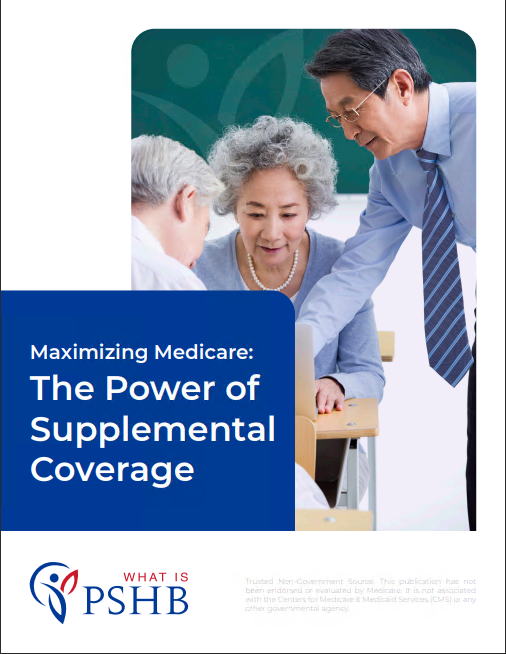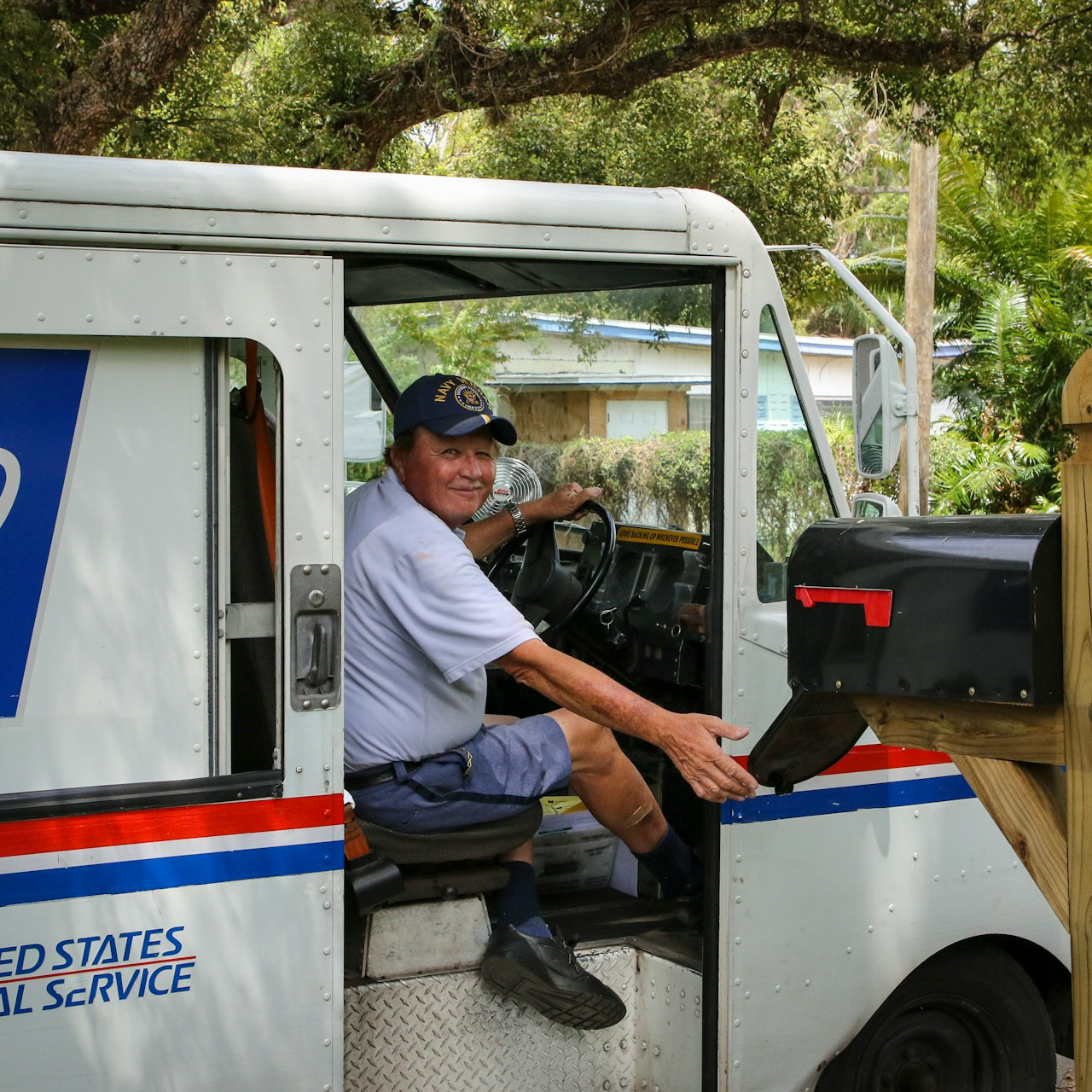Key Takeaways
- USPS employees will transition to the Postal Service Health Benefits (PSHB) program in 2025, raising significant questions about plan changes and coverage options.
- USPS workers must carefully review upcoming health plan choices to ensure that their healthcare needs will continue to be met under the new PSHB system.
Big Switch, Big Questions: USPS Workers Brace for New Health Plans in 2025
The year 2025 marks a major change for USPS employees as they prepare for the transition from the Federal Employees Health Benefits (FEHB) program to the new Postal Service Health Benefits (PSHB) program. This shift is part of the 2022 Postal Service Reform Act, aimed at financially stabilizing the United States Postal Service (USPS) and altering health benefits for hundreds of thousands of postal workers and retirees. The impending switch brings a lot of questions and uncertainty for USPS employees, many of whom rely on their existing health coverage for themselves and their families. Understanding the ins and outs of this change will be essential as employees prepare to make informed decisions about their healthcare coverage.
What is the Postal Service Health Benefits (PSHB) Program?
The Postal Service Health Benefits (PSHB) program is a new healthcare system designed specifically for USPS employees, separating their coverage from the broader federal employee pool covered under FEHB. This shift means that postal workers and retirees will now be part of a new healthcare structure, effective January 2025. While many details about the PSHB program remain under development, it is expected to offer plans similar to FEHB but tailored to the specific needs and funding mechanisms of USPS workers.
One of the key drivers for this change is to reduce the USPS’s long-term financial obligations. By creating a distinct health benefits system, the USPS aims to save costs while ensuring that employees continue to receive competitive healthcare coverage. However, the transition also introduces a number of uncertainties, particularly around how plans will differ from FEHB options and what employees will need to do to enroll in the new system.
How Will This Change Impact USPS Employees?
The switch to the PSHB program will have several immediate and long-term effects on USPS employees and retirees. One of the biggest concerns is ensuring a smooth transition without losing coverage. Although the government has committed to keeping employees covered, there may be changes in available plan options, network providers, and cost structures. Here are some potential impacts of the change:
-
Coverage Transition: Employees currently enrolled in FEHB will need to transition to a PSHB plan. While similar coverage options may be offered, the exact details could vary, and employees will need to pay close attention to new choices.
-
Medicare Integration: Retired postal workers will see more significant changes, particularly regarding Medicare enrollment. Under the new PSHB, retirees who are eligible for Medicare Part B will be required to enroll, ensuring better coordination between PSHB and Medicare. This could impact retirees’ premiums, out-of-pocket costs, and access to healthcare services.
-
Provider Networks: One of the biggest unknowns is how PSHB provider networks will compare to those in FEHB plans. Employees will need to review plan details to determine if their current doctors, hospitals, and specialists remain within the network or if they’ll need to switch providers.
-
Health Plan Options: USPS employees are accustomed to having a variety of health plans to choose from under FEHB, including popular PPO and HMO plans. While it is expected that a similar range of options will be available under PSHB, employees may find differences in plan features, benefits, and premiums. It’s essential to review these new plans carefully when they become available.
Key Dates and Enrollment Process
The enrollment process for the new PSHB program will likely resemble the current FEHB system’s Open Season, which typically occurs each year in the fall. However, for 2025, USPS employees will have to take extra care during this transition period. Here’s what they need to know:
-
2024 Open Season: USPS employees should be particularly attentive during the Open Season in late 2024. This will be the critical window to review new plan offerings under the PSHB program and ensure a smooth switch to a new plan without coverage gaps.
-
Enrollment Deadlines: Missing enrollment deadlines can have significant consequences, including delayed or denied coverage. Employees should familiarize themselves with the enrollment timeline and take action early to avoid any issues.
-
Retirees and Medicare: Retired postal workers who are eligible for Medicare Part B but have not enrolled will need to sign up during this period to maintain health coverage under PSHB. The integration of Medicare with PSHB will be a major consideration for retirees evaluating their healthcare needs.
What Questions Should USPS Workers Be Asking?
The upcoming switch raises numerous questions for USPS employees, who should be proactive in seeking out information and preparing for the change. Some of the most important questions to consider include:
-
Will my current doctors and hospitals be covered under PSHB plans?
-
How will my premiums and out-of-pocket costs change compared to my FEHB plan?
-
What do I need to do to ensure a seamless transition to PSHB coverage?
-
If I am retired, how will the integration of Medicare affect my healthcare costs and services?
-
What new plan options will be available under PSHB, and how do they compare to FEHB?
-
How will prescription drug coverage change under PSHB plans?
These questions are just the tip of the iceberg, and USPS employees should actively seek answers through official USPS communications, licensed insurance agents, and healthcare plan materials.
Tips for Navigating the Transition to PSHB
As USPS workers prepare for the shift to the PSHB program, there are several practical steps they can take to make the transition smoother. Here are some tips for navigating the changes:
-
Stay Informed: Regularly check official USPS announcements and resources regarding the transition to PSHB. The more informed you are, the easier it will be to make decisions when the time comes to select a new plan.
-
Review Your Current Coverage: Take time now to review your current FEHB plan, including your premiums, out-of-pocket costs, and the services you frequently use. This will give you a baseline to compare against new PSHB plans.
-
Consult with a Licensed Insurance Agent: Licensed insurance agents who are knowledgeable about the PSHB transition can offer valuable guidance. They can help you understand plan differences and ensure you choose the coverage that best meets your needs.
-
Understand Medicare Requirements: If you are a retiree approaching Medicare eligibility, take time to understand how Medicare Part B will integrate with PSHB. Enrolling in Medicare during the correct window is essential to maintaining seamless coverage under the new program.
-
Mark Key Dates on Your Calendar: Open Season deadlines will be crucial during the 2024 transition period. Missing a deadline could lead to delays or gaps in coverage, so make sure these dates are highlighted on your calendar.
Looking Ahead: The Future of USPS Healthcare
The launch of the Postal Service Health Benefits program represents a significant shift in how USPS workers receive their healthcare benefits. While there are still many details to be ironed out, the program is intended to provide comparable coverage while helping the USPS address its financial challenges.
For USPS employees, the key to successfully navigating this change lies in staying informed, reviewing new options carefully, and acting early during the enrollment period. By asking the right questions and seeking guidance from trusted sources, workers and retirees can ensure that their healthcare needs are met under the new system.
As 2025 approaches, USPS workers and retirees should prepare for a healthcare landscape that may look different but offers continued access to essential medical services and benefits.
Changes to Watch for in the 2025 Transition
The transition to the PSHB program marks a significant turning point for USPS workers. As they move into a new era of healthcare coverage, staying ahead of the changes will be critical to ensuring smooth access to health services and benefits in the years to come.











